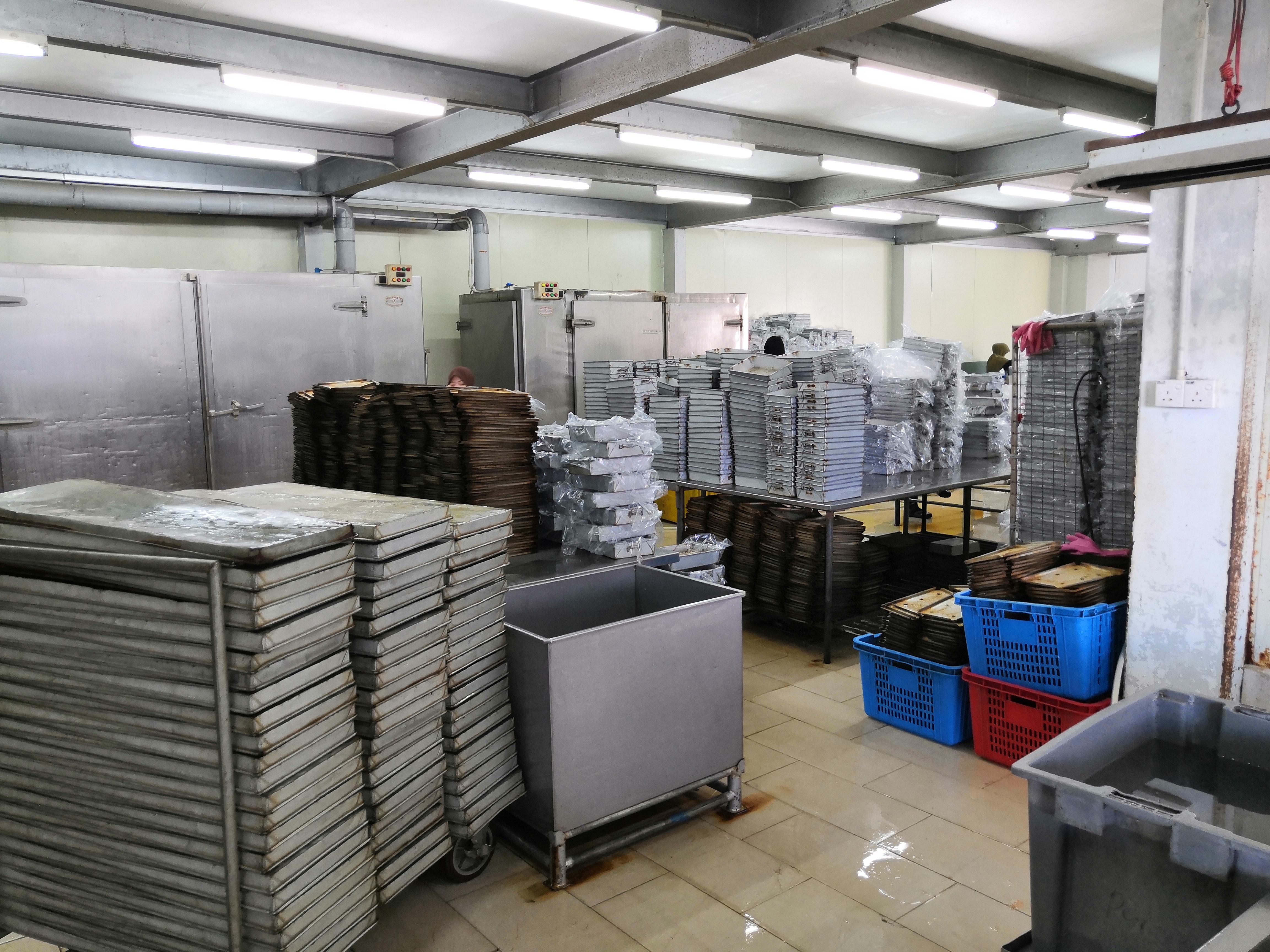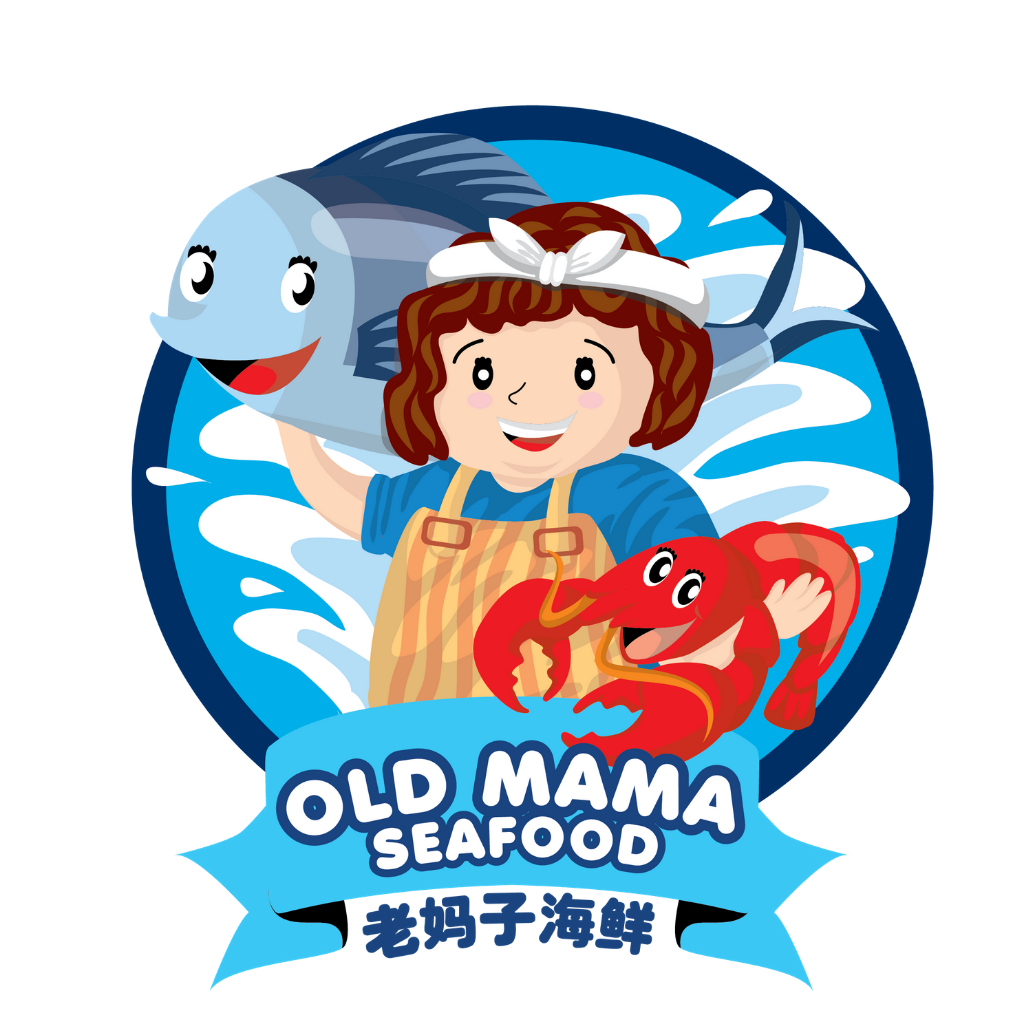
How To Keep Frozen Seafood Properly
Old Mama Seafood Product always delivery seafood in frozen foam. Why frozen seafood sometime is more delicious than fresh seafood?It is because we direct freeze the seafood in the boat, the freshness of seafood able to keep as fresh as possible. Frozen seafood in Malaysia now more acceptable compare to previous time.
Let us teach you how to keep and handle frozen seafood in Malaysia Hot weather
Frozen Seafood has become more popular and important in the Malaysia market nowadays. This is because Malaysian has become more aware of the variety of products available via internet, facebook live frozen seafood bidding. Now Malaysian consumer know and understand more about the frozen seafood’s good taste, and their nutrition benefit. However, they still lack confidence and knowledge in their ability to select, handle, prepare frozen seafood and confuse about frozen seafood safety and quality. This article will help you understand more the seafood nutrition and how to handle frozen seafood and use it confidently.
Although in our part already do the best job to keep the seafood freeze all the while, health risks may still be associated with some foods. For seafood, personal potential health risks are still related either to specific fish, specific prawn, or other shellfish or to the way they are handled, stored, and prepared. What we believed that improper food handling is the most important safety concern and the main problem that made people sensitive to the seafood. Seafood consider a as the most perishable food, so that proper handling and preparation are essential to maintain quality and ensure safety. All frozen seafood or raw material contains bacteria, which can grow and multiply rapidly if food left for several time at normal room temperature, especially Malaysia always in a hot temperature. Hence, we must know how to handle the frozen seafood in proper way.
There are some way how to maintain seafood quality and avoid bacterial infection:
- Keep Seafood Freeze at all time
Always keep seafood at a temperature as close to 0 Celsius as possible. Put seafood freeze and chilled as quickly as possible. Keep the seafood in the coldest part of the refrigerator or freeze it until you need it.
- Avoid cross-contamination
You must wash your hand, utensils, containers and any food preparation surfaces after touching or preparing food material, seafood, and poultry. You must avoid to transfer the bacteria from one food to another when handling, storing or preparing seafood.
- Always store the seafood in container or vacuum bag
Prevent seafood from dripping or splashing onto others foods and prevent seafood from being contaminated by others raw food or frozen seafood. Beside that, raw seafood also need to be avoided from touching, dripping or splashing onto foods that won’t be cooked again before being eaten.
- Must cook seafood properly to ensure food safety and quality
Some chef suggests that cooking seafood to a temperature of at least 65 degree Celsius. But what we recommend that in order to fully kill all the bacteria of seafood, a temperature of 160 degree Celsius or higher should be applied. However, this temperature may overcook the seafood and become dry and tough. Hence, Cooking fish should be moist and flake easily.
- Defrost Frozen Seafood Properly
There is the main reason why some frozen seafood is not fresh. Sometimes is not about the frozen seafood quality, sometimes the problem is coming from the process of thawing. Look, this is the proper way you defrost the seafood. All frozen seafood should be thawed in the refrigerator or somewhere is cold enough, continuously running and draining water. Never defrost the seafood in warm or hot environment that allows the bacteria to grow. Never let this frozen seafood melted itself, it is confirmed that the frozen seafood will become not fresh when you serve it to your customer or family.
There are some suggestions will help you handle and prepare the seafood safely
- Before starting food preparation, you have to ensure the surrounding preparation area and all surfaces and utensils are clean.
- Washing your hands properly with soap and warm water before preparing the seafood or working with new foods or utensils.
- Don’t let any juices from raw seafood, meat, or poultry come in contact with each other or with other foods, especially foods that are cooked or ready to eat.
- Wash the cutting board, the utensils, the counters, the sink and your hands with hot, soapy water after preparing raw seafood, meat and poultry.
- Keep your fingernails and dish washing cloths and sponges clean when preparing the raw seafood.
- Use plastic cutting boards instead of wooden boards, which are porous and much more difficult to keep clean.
- Never taste seafood when they are raw and during cooking.
- Serve cooked seafood on a clean plate, never use the same plate that to hold the raw food. For example, when grilling seafood don’t put cooked items on the same plate that was used to carry the raw product out to the grill.
- Discard cooked seafood that has been held at room temperature for more than 2 hours. If you serve as buffets, those foods should be maintained at temperatures above 65 degree Celsius. If you need to serve cold seafoods, a temperature of below 4 degree Celsius is highly recommended.
As conclusion, seafood is an interesting and appealing food choice that contributes to a healthy diet, but also relatively sensitive to some people who easy reactive to seafood. Hence, it is important that handling and preparing seafood is simple and convenient if you follow a few simple rules as stated above to keep the seafood safety.
Always remember to keep the seafood as cold as possible and to handle it gently and carefully to ensure the quality and the freshness level. Most seafood can be prepared in 20 minutes or less, and preparation methods that maintain its positive nutritional attributes should be used whenever possible.
Although there are potential safety concerns for some seafood, risks can be managed by eating a variety of products purchased from reputable seafood dealers and handling and preparing them properly. Those who choose to eat higher-risk products like raw seafood of fish caught in areas known to contain contaminants should be aware of the potential health risks and follow available advice to reduce those risks when possible.
Seafood no matter in frozen or fresh form, seafood always is a smart food choice, so go ahead and enjoy it.

